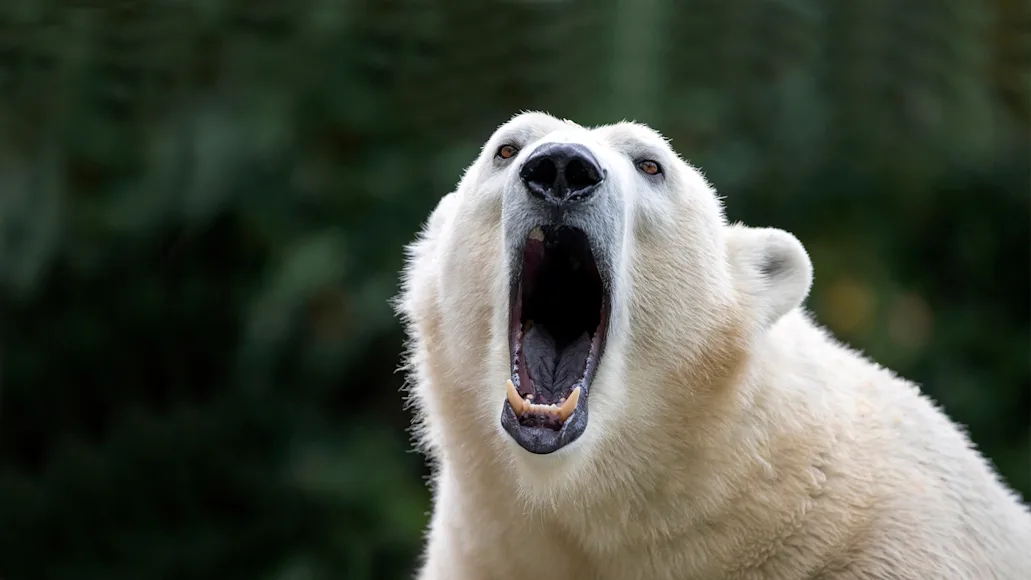Among the most impressive physical attributes wild animals bring to bear in their battle for survival is the ability to simply chomp down hard. Not surprisingly, when it comes to what animal has the strongest bite force, nature’s strongest jaws often belong to apex predators who sit comfortably atop the food chain. But collecting hard data on their bite force can be a decidedly risky proposition. Researchers have used a number of methods, from direct measurement to computer software modeling, to estimate the forces at work in nature’s bite club. Expressed as PSI (pound-force per square inch, a pressure of one-pound of force applied to a surface area of one square inch), here are which animals have the strongest bite force.
Animal Bite Force by Species
Saltwater crocodile – 3,700 psi
Great white shark – 4,000 psi
Hippopotamus – 1,800 psi
Jaguar – 1,500 psi
Gorilla – 1,300 psi
Polar bear – 1,200 psi
Spotted hyena – 1,000 psi
Bengal tiger – 1,050 psi
Grizzly bear – 975 psi
African lion – 650 psi
1. Saltwater Crocodile
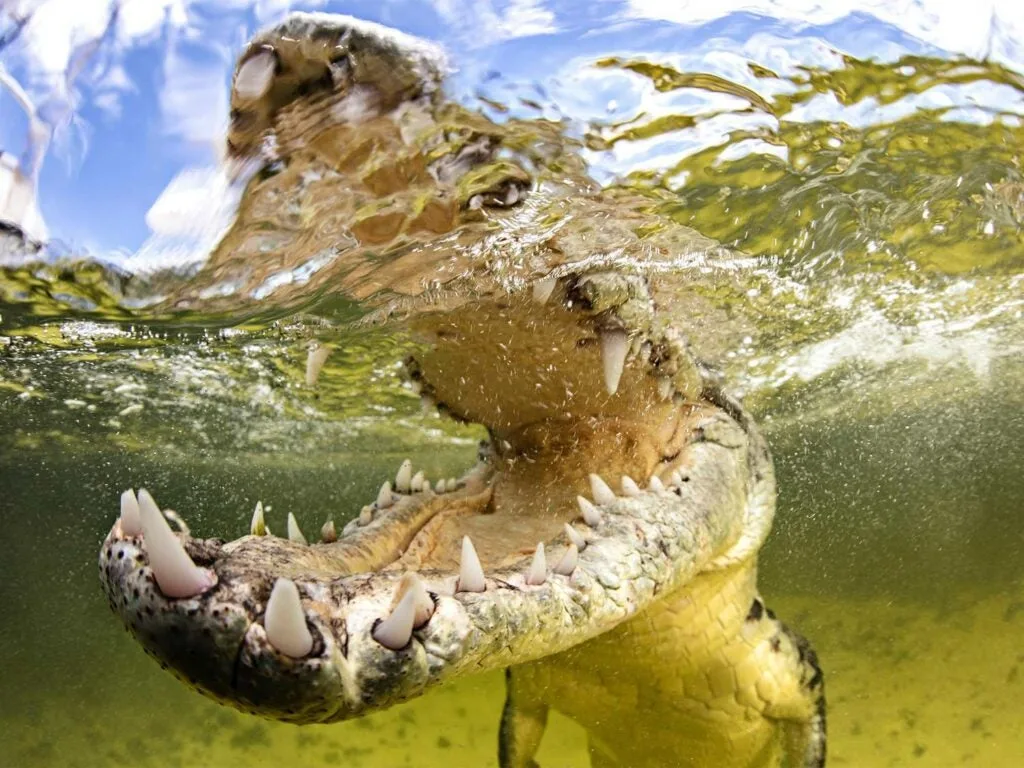
Crocodile Bite Force: 3,700 PSI
What animal has the strongest bite force ever recorded? The saltwater crocodile. Dr. Gregory Erickson, professor of anatomy and paleobiology at Florida State University and curator of the school’s Biological Science Museum, conducted a 10-year study to scientifically measure jaw strength in all 23 crocodile species. Erickson and his team placed a specially designed bite-force transducer—which he likens to “an expensive bathroom scale” wrapped in “protective layers of bullhide”—between the jaws of multiple crocodile specimens. The highest reading, 3,700 PSI, was registered by a 17-foot saltwater croc. “It’s the strongest bite force ever recorded,” Erickson says, “beating a 2,980-PSI value for a 13-foot wild American alligator.” Given that fact, we'll lump crocs and alligators together for our purposes.
Notably, the team’s data allows projections of bite-force strength in now-extinct crocodiles found in the fossil record, including 40-footers estimated to have been capable of generating 23,000 pounds of force. That surpasses estimates for Tyrannosaurus rex, which Erickson estimated, in a 2017 study, probably had a bite force around 8,000 PSI.
“If you can bench press a pickup truck, you can escape a croc’s jaws,” Erickson says. Otherwise, “It is a one-way street between the teeth and the stomach of a large croc.”
2. Great White Shark
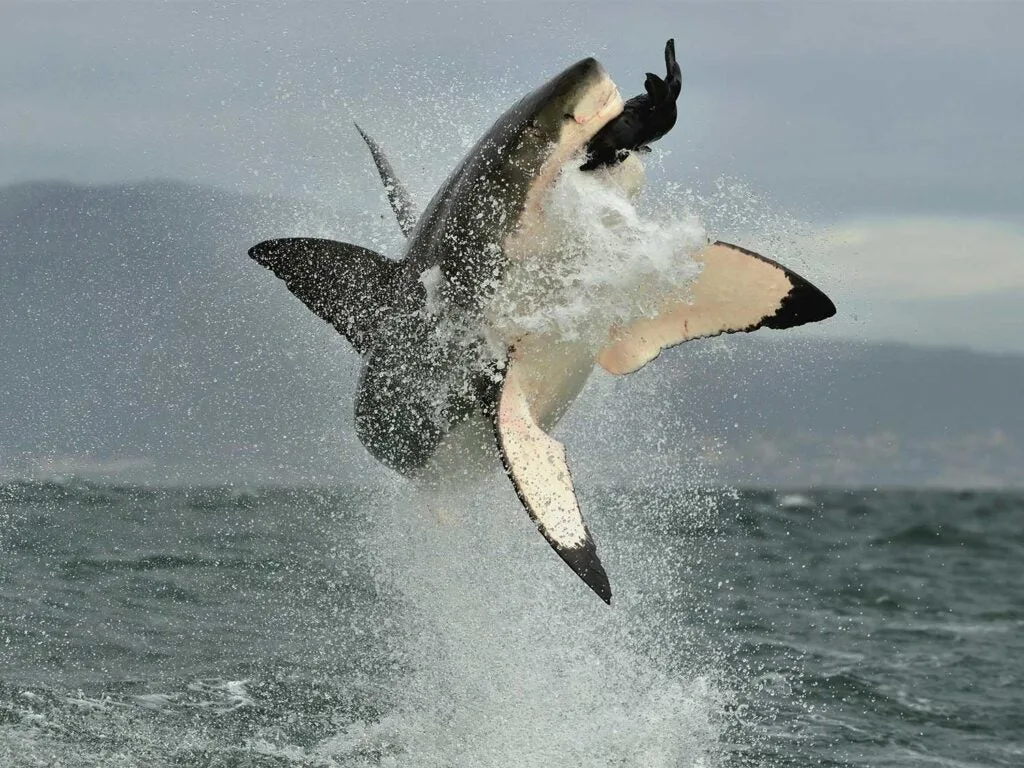
Great White Shark Bite Force: 4,000 PSI
Why is this one in second place if the PSI is higher? We’ll get to that in a sec. But first, in 2008, a team of Australian scientists led by Steve Wroe used sophisticated computer modeling based on multiple x-ray images of shark skulls to estimate that a 21-foot great white shark can produce nearly 4,000 PSI of bite force. Because shark bite force is highly dependent on size; the much more common 11- to 15-foot great whites would pack considerably less punch than a similarly sized croc, which therefore belongs in the No. 1 slot. Also, Wroe’s projections, unlike Erickson’s findings, have not been directly measured in field tests. Volunteers, anyone?
3. Hippopotamus
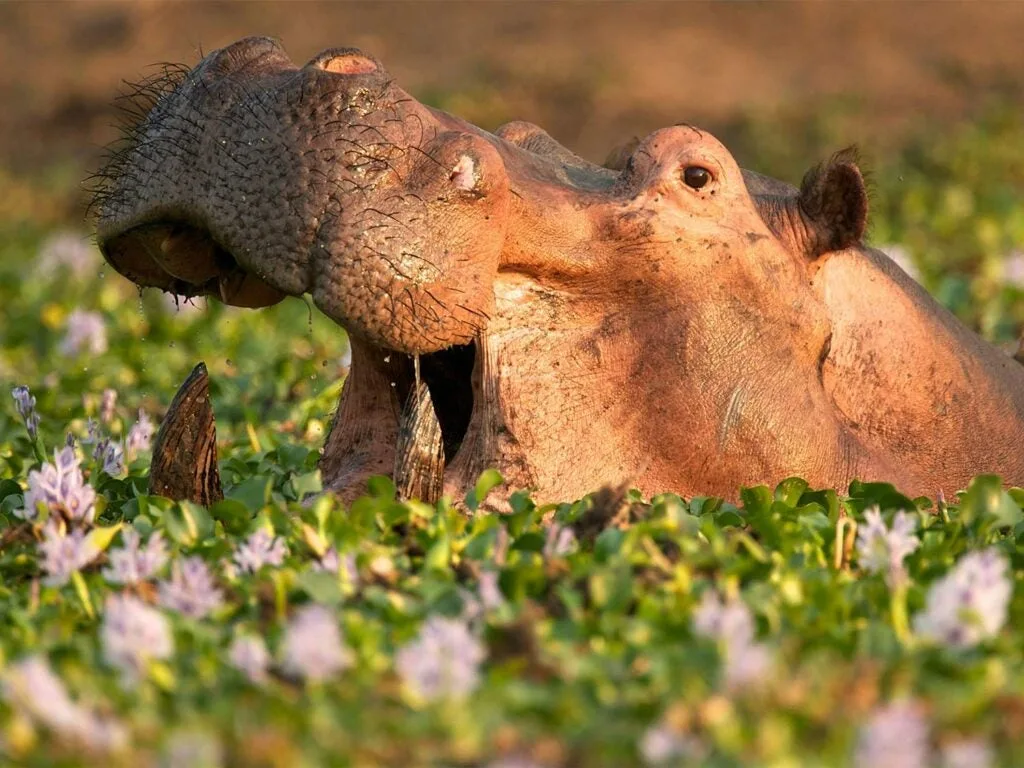
Hippopotamus Bite Force: 1,800 PSI
With tusks that can grow 2 feet long, a mouth that opens 180 degrees, and a bite that can crush a whole watermelon like a grape, hippos likely have the strongest jaws of any herbivore on the planet. Territorial and potentially aggressive, hippos are particularly hostile to crocodiles and are said to be capable of biting a 10-foot croc in half. The bite force of females has been measured at 1,800 PSI; males have reportedly proven too aggressive to test.
4. Jaguar
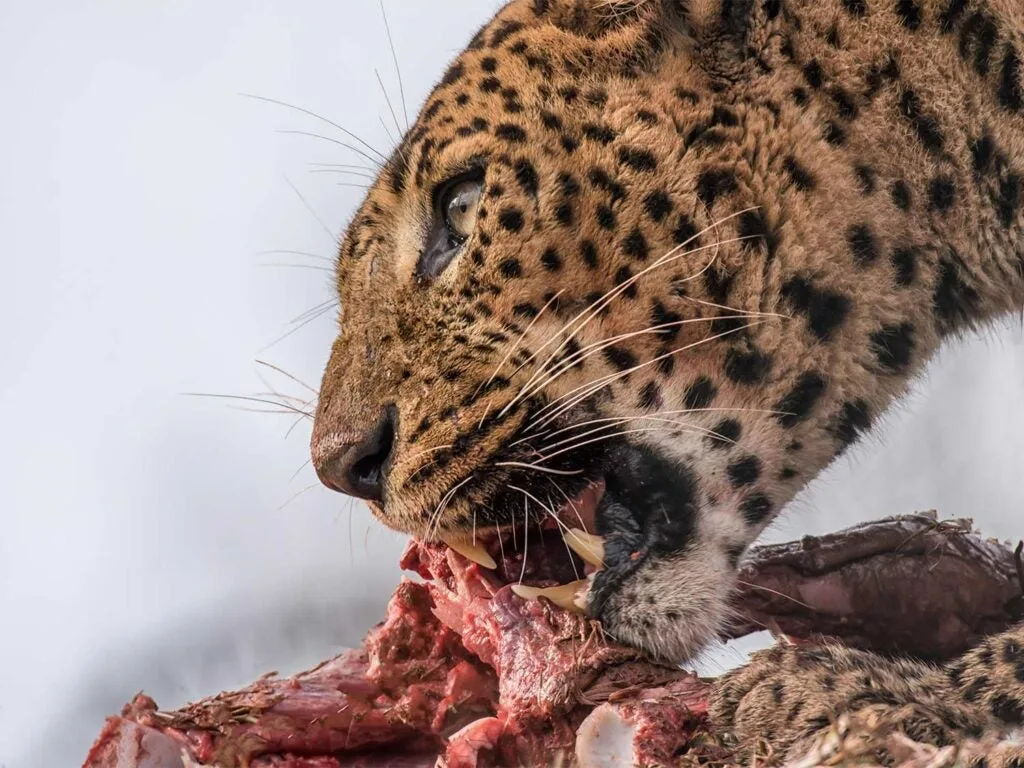
Jaguar Bite Force: 1,500 PSI
The largest cat in the Americas is also the strongest biter of any wild feline. Unlike all other cats, which mostly go for the throat to dispatch their prey, the jaguar kills by biting its victim’s skull and is capable of puncturing a turtle’s shell with its teeth.
5. Gorilla
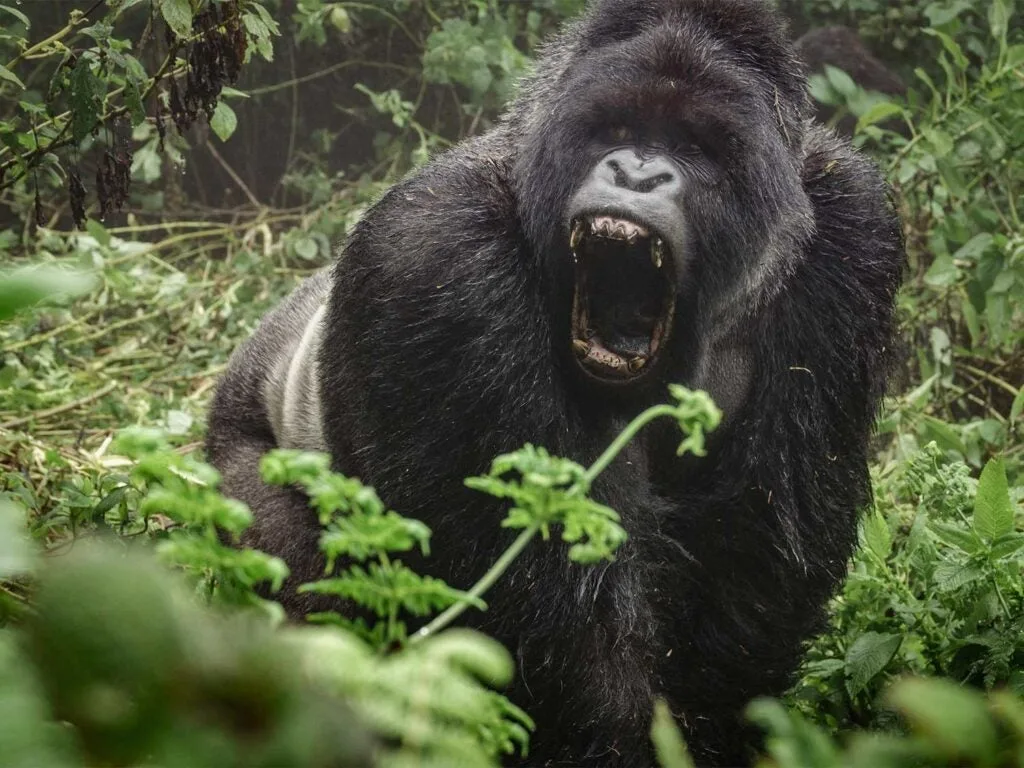
Gorilla Bite Force: 1,300 PSI
It not so much the teeth, but the massive neck and jaw muscles that give the gorilla one of the strongest bite forces in the primate kingdom. They’re herbivores, yes, but their diet includes much tougher stuff than bananas: The gorilla’s strong molars allow them chew heavy shoots, bark, nuts, tubers, and other fibrous foods. Long, sharp canines seen in mature males are mostly for display.
6. Polar Bear
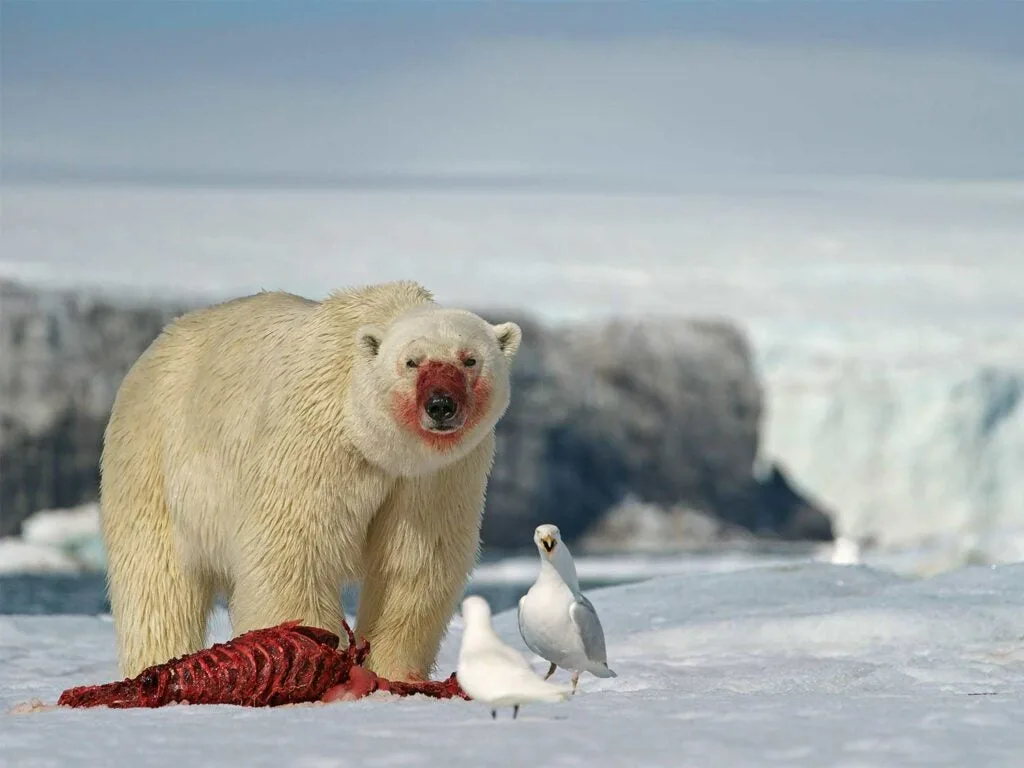
Polar Bear Bite Force: 1,200 PSI
Unlike most bears, whose teeth are designed to handle both flora and fauna, polar bears are exclusively meat-eaters—hypercarnivore is the term. As a result, their bite is well adapted to dealing with the kind of prey they encounter in the Arctic: thick-skinned, heavily-feathered, or, occasionally, North Face-clad. Polar bears are said to be the only mammal that actively hunts humans.
Read Next: 10 Most Venomous Snakes in World
7. Spotted Hyena

Spotted Hyena Bite Force: 1,100 PSI
Hyenas are skilled hunters that often make their own kills, but their tremendous jaw strength also allows these African mammals to profitably scavenge carcasses other predators leave behind. Dual-purpose teeth allow them to shear flesh and crush bone, and large jaw muscles combined with a unique arched structure that protects the skull against the forces generated by their own bite makes hyenas particularly efficient scavengers: When a hyena pack descends on a kill, there are rarely any leftovers.
8. Bengal Tiger
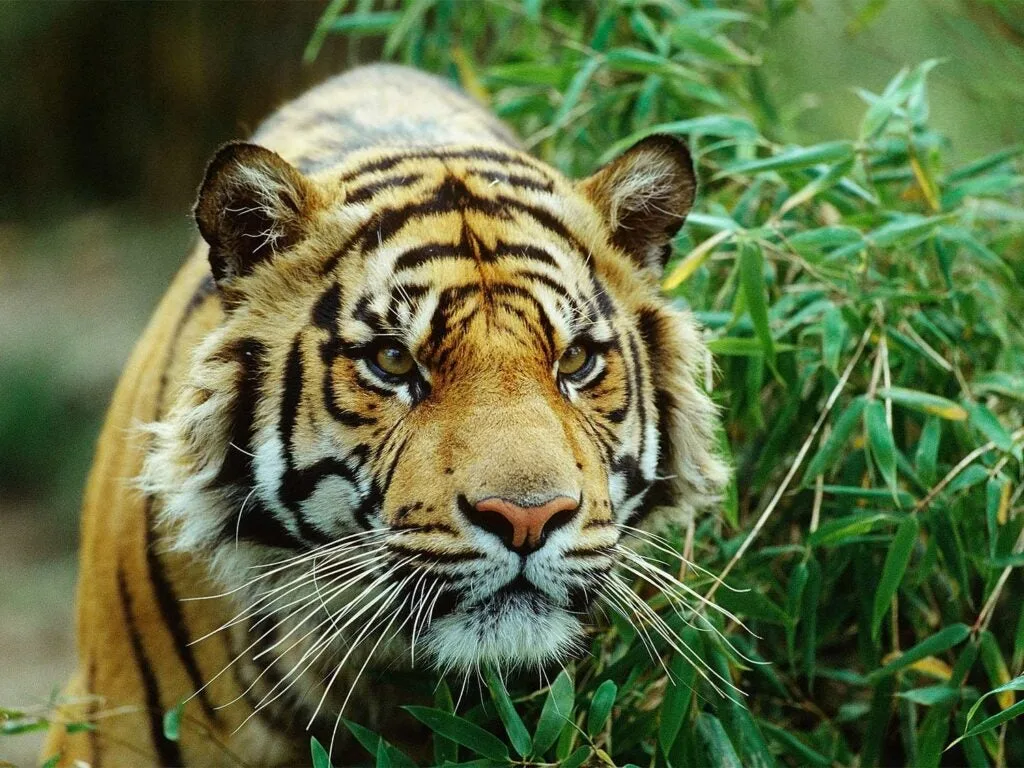
Bengal Tiger Bite Force: 1,050 PSI
Boasting the longest canine teeth (2.5 to 3 inches) of all cats, Bengal tigers present a fearsome display; they also have the bite force to back it up, delivering more than a thousand pounds-per-square-inch of pressure—almost twice as much bite force as the king of the jungle.
9. Grizzly Bear
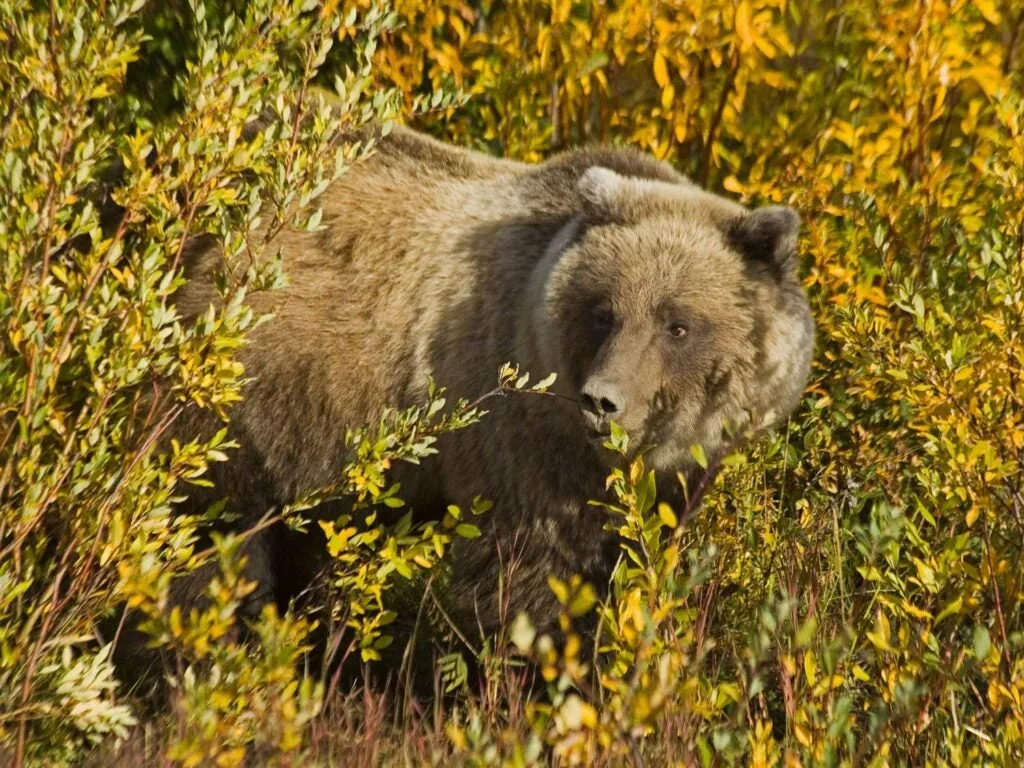
Grizzly Bear Bite Force: 975 PSI
Mythologized for their purported ability to decapitate a moose with a single swipe of their massive paws, grizzlies also have one of the more fearsome sets of choppers in the wild. Doctors in bear country have developed antibiotic cocktails to fight the deep-tissue bacterial infections that survivors of grizzly bites often face. Their bite force is said to be strong enough to crush a bowling ball.
Read Next: What Is the Deadliest Snake in the World?
10. Lion
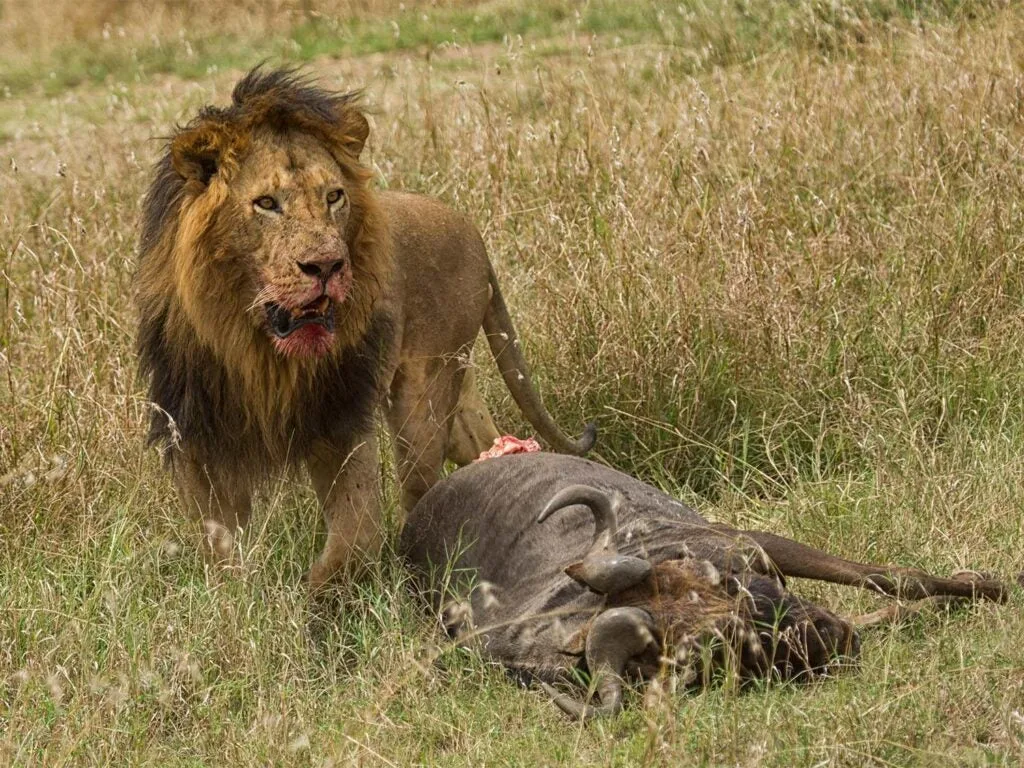
Lion Bite Force: 650 PSI
Lions have a bite force of only 650 PSI, which is not much stronger than the hardest-biting domestic dog, the English mastiff (550 PSI). But lions are social creatures that hunt in groups and consume their kill where it falls, which may lessen the need for individual jaw strength, some researchers have hypothesized. By comparison, humans exert a bite force of around 160 PSI when we clamp down—good enough to power through a tough steak sandwich, but nowhere near adequate for bringing a wildebeest to bay.

